I would like to add a relay output circuit to this alarm device to allow it to operate my car horn.
The alarm device has 4 different tunes/tones. Each tone plays for about 5 seconds and the next 3 tones follow.
Related: I am confused what the component encircled in red really does. How will the proposed relay behave with this red component? My purpose is to sound the horn 4 times in sequence with about 5 seconds interval.


